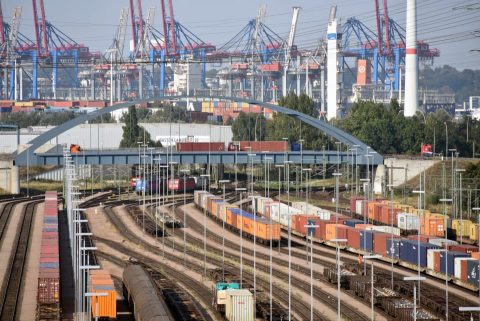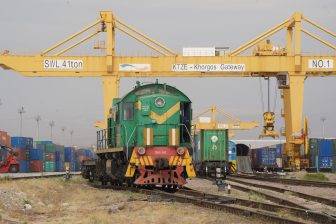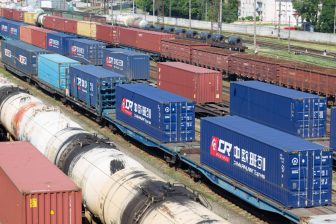
Port of Hamburg-Xuzhou rail link becomes a regular
The rail freight service between the Port of Hamburg in Germany and Xuzhou in China becomes regular with two itineraries per month. After the initial freight train trip between the two destinations last November, six more trains connected the two cities in five months. Consequently, according to the Port of Hamburg, the service has proved its viability and, thus, will acquire a stable place in the Eurasian timetables.
Do you want to read the full article?
Thank you for visiting RailFreight.com. Become a member of RailFreight Premium and get full access to all our premium content.
Are you already a member?
Having problems logging in? Call +31(0)10 280 1000 or send an email to customerdesk@promedia.nl.




